29Pedestrian Access
Whether you live in a city or a small town, and whether you drive a car, take the bus or ride a train, at some point in the day, everyone is a pedestrian.Anthony Foxx, politician, 1971–
A key component of BRT planning and design is the provision of safe, convenient, and secure access for pedestrians. If it is difficult to walk to a BRT station, then customers will be discouraged from using the system altogether.
Pedestrian access includes three critical components: (1) distance from the neighborhood to the corridor; (2) crossing the corridor to access the station; and (3) circulation inside stations. An effective pedestrian-access plan addresses each of these trip segments. Ignoring just one of these stages can render a system unusable for a large segment of the potential customer base. This chapter focuses on the first two components of customer access. For information on circulation inside stations, see Chapter 22: Roadway and Station Configurations and Chapter 25: Stations and Terminals.
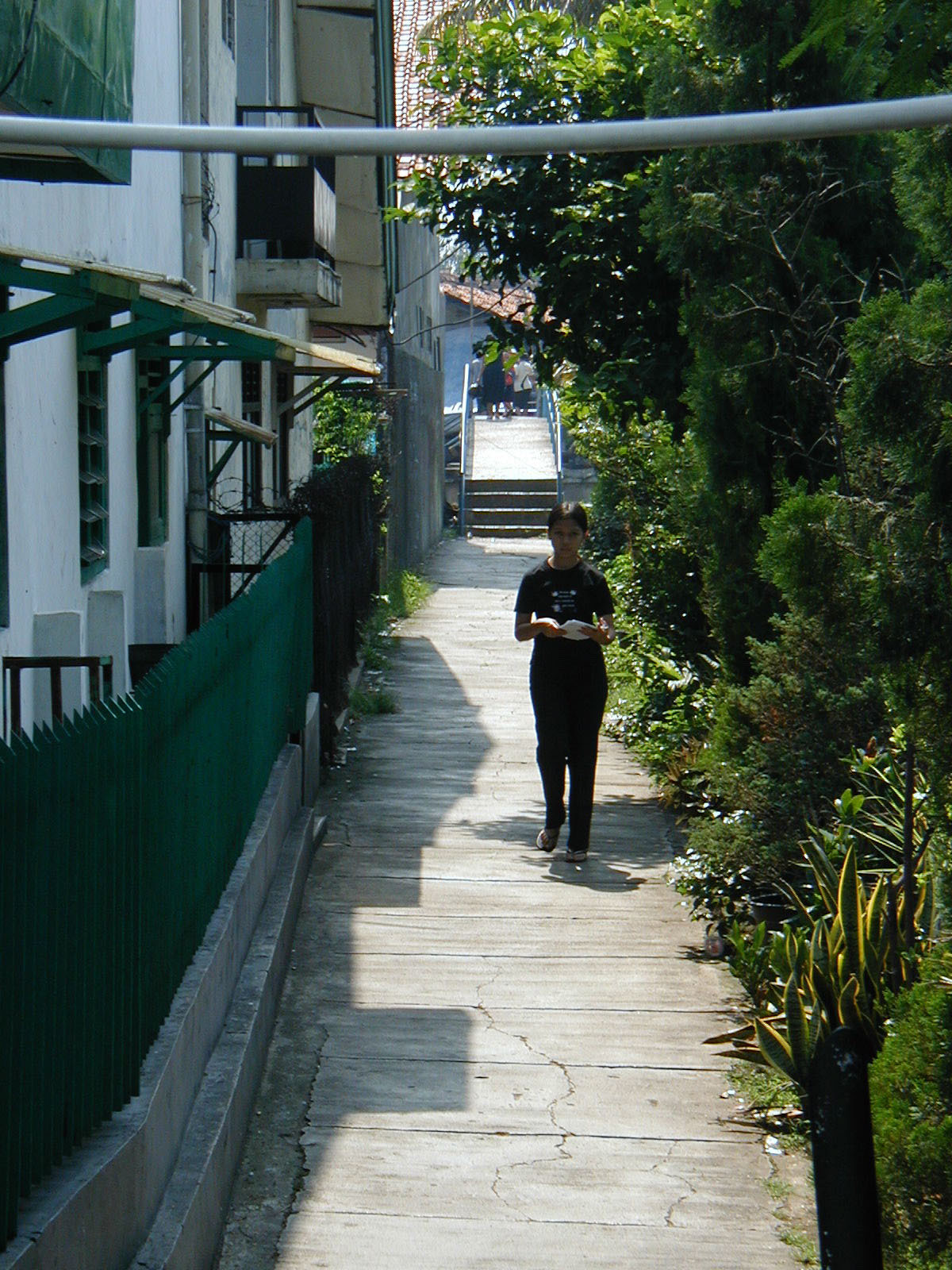
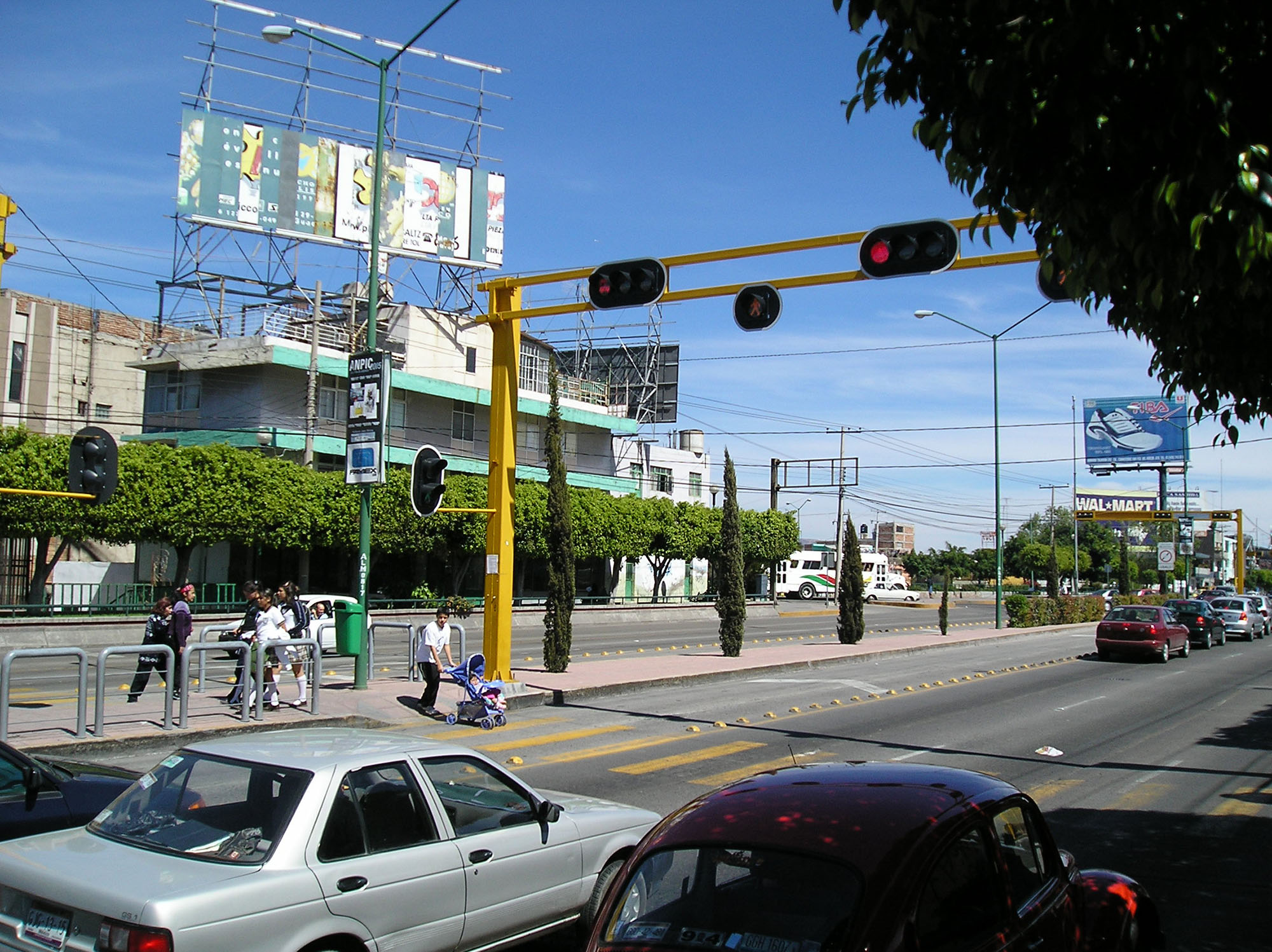
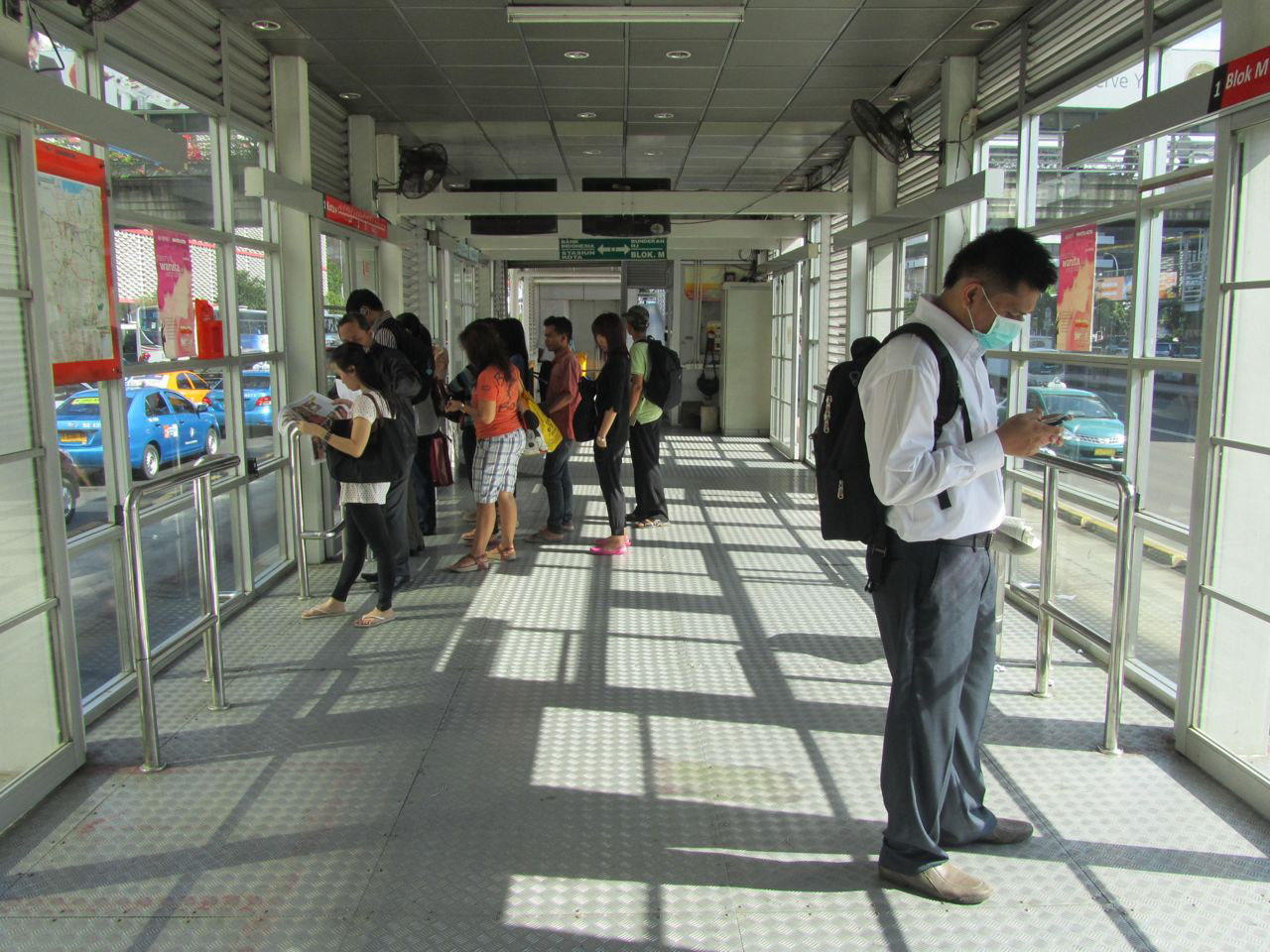
A well-designed access system makes walking to a station safe, comfortable, and convenient. The best way to evaluate the quality of the pedestrian environment is to put oneself in the shoes of the user. Are the pedestrian sidewalks leading to the station well maintained and easy to walk on? Are they wide enough to handle existing and projected customer volumes? Are they safe at night? Does clear signage show the way to the station? Are there logical pedestrian connections between the station and major destinations such as shops, schools, and workplaces? Could someone in a wheelchair use them comfortably?
This chapter discusses key principles of the design of pedestrian facilities and station-area streets, and access to stations. It then introduces pedestrian-planning techniques that can be employed to evaluate the quality of existing infrastructure and identify priorities.
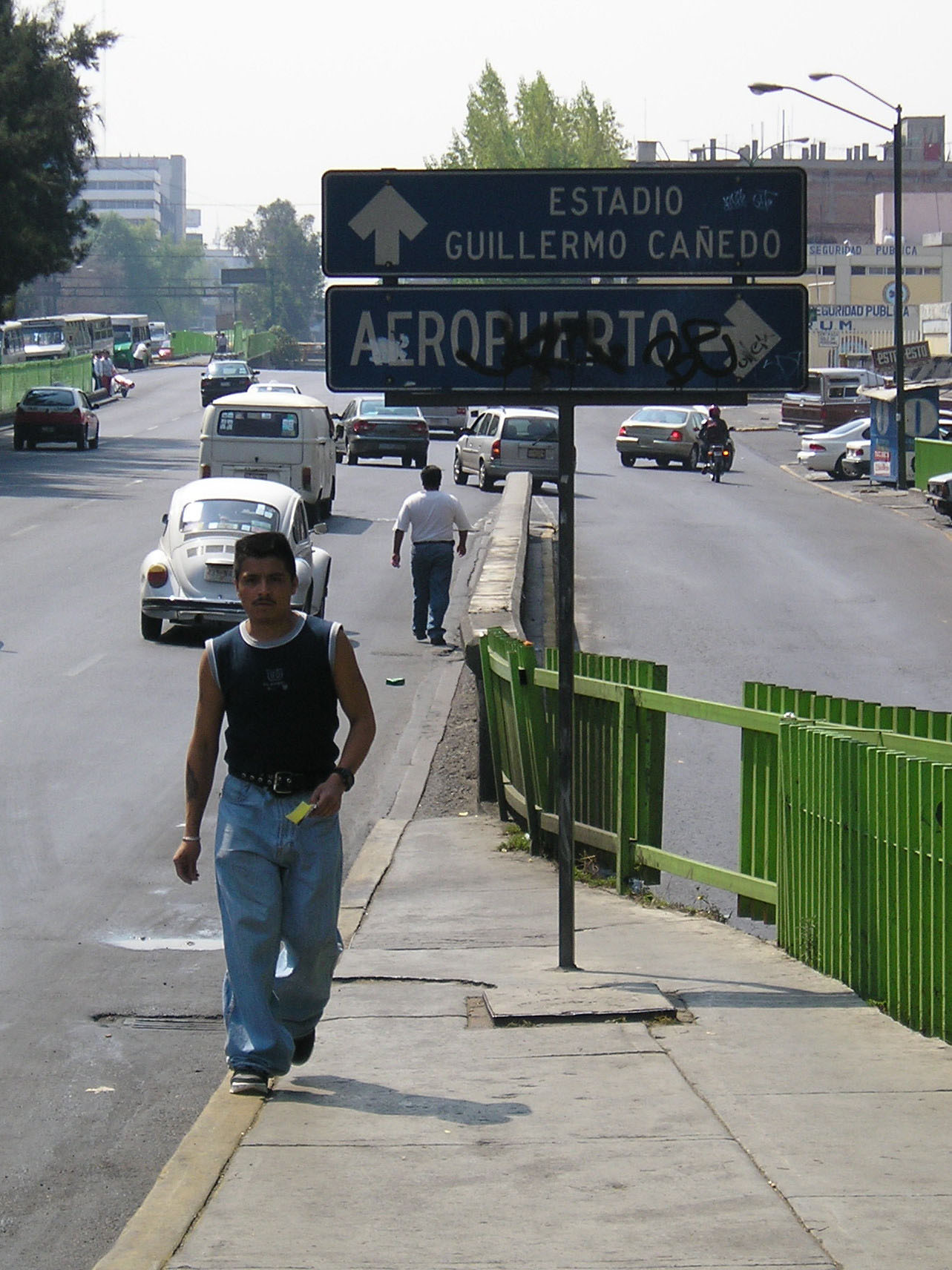
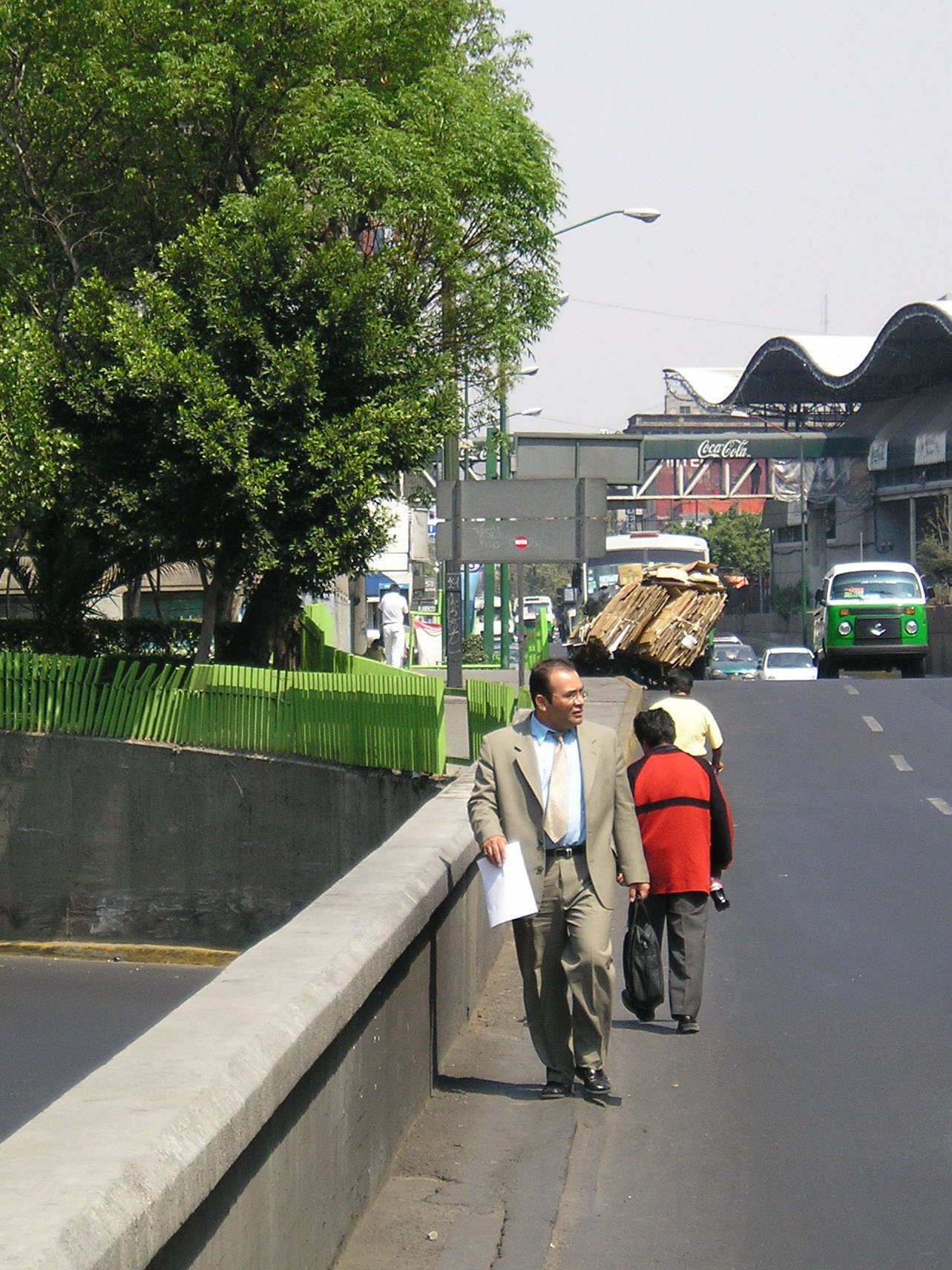
Contributors: Chris Kost, ITDP Africa; Shreya Gadepalli, ITDP India; Michael R. King, BuroHappold Engineering